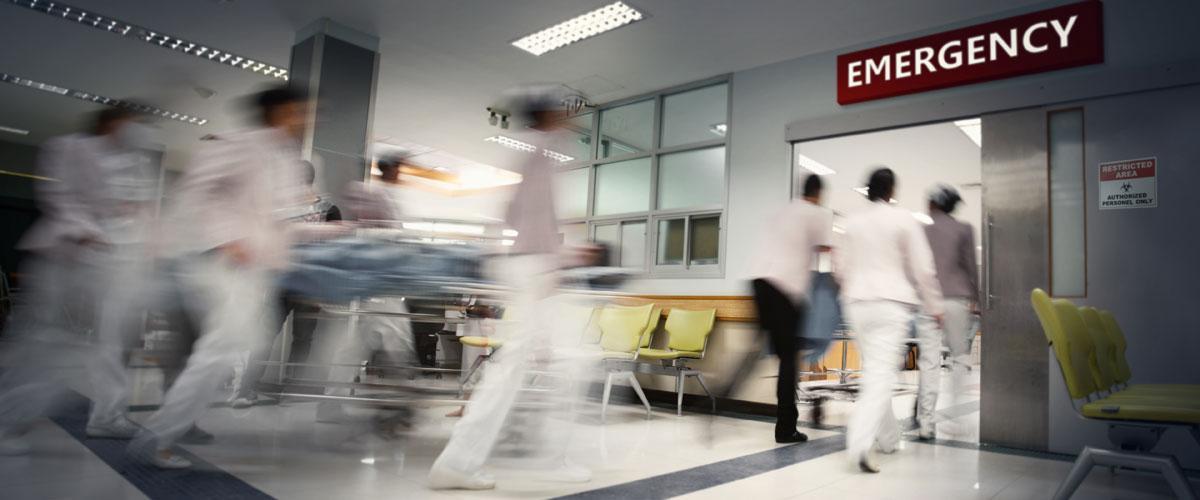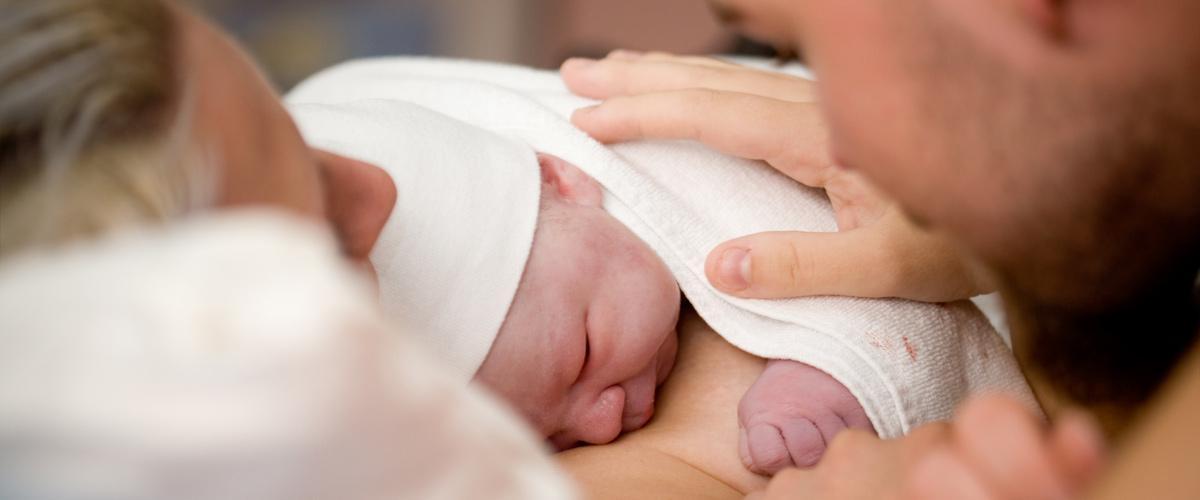One of the most important tasks as a healthcare worker is to ensure the safety of patients. Indeed, during their hospital stay, at-risk patients in particular could experience issues related to their age, movement and/or the position in which they are fixed on a hospital bed. However, thanks to physicians’ knowledge and competence mixed with excellent medical devices and interventions, it is possible to prevent these ‘hidden’ risks.
Let’s explore two of them.
1. Risk of falls
What does falls risk mean in the hospital environment? Falls are one of the risks that healthcare facilities have to face when treating certain groups of patients. Moreover, the risk of any patient falling has physiological and physical consequences for patients. Facilities have to deal with extra paper work, as all falls should be documented, extra costs, longer hospitalisation and more time from clinicians who are often already overworked.
Falls may be classified into three groups:
- Accidental: This applies when a person falls unintentionally (e.g. slipping on a wet floor)
- Unpredictable: It is based on the physiological conditions of the patient that were unpredictable until the moment of falling (e.g. a sudden disturbance of balance)
- Predictable: Also based on physiological conditions of the patient, but instead, those that are predictable (e.g. a patient showing difficulties walking or signs of disorientation).¹
According to the Italian Ministry of Health, about 14 per cent of all falls that occur in hospitals are accidental, 8 per cent are unpredictable, and the remaining 78 per cent are—you guessed it—foreseeable.² Meanwhile, in the UK, upwards of 90 patients have died, while in excess of 200,000 have fallen altogether. This makes falls prevention in hospitals a key topic to address, especially concerning falls amongst the elderly demographic.
Prevention and benefits
In order to prevent this risk and reduce the consequences, it is recommended that patients use anti-slip footwear. These kinds of products ensure enough grip to help reduce the risk of slipping on floors. It is also useful if caregivers can be able to monitor any kind of independent movement with the help of technology like falls alarms for the elderly or anyone whose ability to walk steadily is compromised—or occupational therapy falls prevention. Benefits to both to patients and healthcare facilities are numerous. Here are examples:
- Patients: Improved security, greater autonomy, increase in positive response to treatments, higher self-esteem, and a clearer idea of expected check-out time
- Healthcare facilities: Reduced number of falls, lower costs of managing resulting complications, less administrative work, as well as comprehensive and more efficient supervision
2. Risk of pressure ulcers
As the World Health Organization (WHO) outlines, the extent to which pressure ulcers develop is an indicator of the quality of provided healthcare.³ So, what exactly are pressure ulcers?
The European Pressure Ulcer Advisory Panel (EPUAP) and Italian National Pressure Ulcer Advisory Panel (NPUAP), describe pressure ulcers as ‘localised damage to the skin and/or underlying tissues, which generally arises over a bony prominence, as a result of pressure or pressure combined with stretching/shearing forces’. There are several factors associated with the occurrence of pressure ulcers,³ and to prevent them, they must be identified.4,5 We have to take into account:
- Intrinsic factors: These are individual features and characteristic of each patient, including nutrition, age and comorbidities.
- Extrinsic factors: Forces external to the patient, like pressure, friction, shear, moisture and increased temperatures (in relation to the skin) are covered.
Prevention and benefits
One of the main activities to prevent hospital-acquired pressure ulcers relies heavily on patient repositioning in order to decrease the amount of time there is pressure on the same spot (two hours on average). As early as 1860, Florence Nightingale highlighted that patient mobilisation could decrease pressure ulcers and she came up with repositioning techniques.6
Secondly, redistributing body pressure to expand the surface on which the pressure of the body itself acts is helpful. For example, offloading heels to prevent pressure or rotating to limit the onset of end-of-life bedsores. In addition, it has been proven that an anti-decubitus surface can decrease the development of pressure ulcers by up to 69 per cent.7
Medline solutions
Healthcare professionals and medical devices suppliers must commit to offering accurate healthcare and effective products. As a leading medical devices manufacturer and distributor, Medline seeks to provide innovative medical products and services to ensure every patient has high-quality care during hospitalisation. Below are links to some products that help with the above-mentioned issues directly:
- Falls Prevention – For assistance with monitoring patients’ independent movement and preventing slips and slides
- Comfort Glide Repositioning System – For the protection of patients’ skin and improved movement by healthcare staff, while easing workload.
You can also read about Medline’s work on creating a network for falls prevention here.


Roberto Marrazzo
Sales and Marketing Apprentice, Medline Italy
Roberto is a native of Prato (near Florence) who is keen on wines and has a passion for travelling, foreign languages and, most recently, digital marketing. His educational background is in languages (Spanish, English and Arabic), as well as intercultural studies. Learn more on LinkedIn.


Sandra Cibrario
Clinical Sales, Medline Italy
Sandra has over 30 years of experience in the international healthcare industry. As a nurse with a Master’s degree in wound care, she works as a Clinical Sales Representative for Medline in northern Italy. There, she collaborates on accounts for the development of projects with various clients while applying the approved clinical method. Learn more on LinkedIn.
References:
1. Krauss MJ, Evanoff B, Hitcho E, Ngugi KE, Dunagan WC, Fischer I, et al. A case-control study of patient, medication, and care-related risk factors for inpatient falls. J Gen Intern Med 2005 Feb;20(2):116-122.
2. Ministero della Salute. Raccomandazione per la prevenzione e la gestione della caduta del paziente nelle strutture sanitarie, Raccomandazione n. 13 (Novembre 2011). Roma. 2014; Available at: http://www.salute.gov.it/portale/documentazione/p6_2_2_1.jsp?id=1639. Accessed 20/08/2015, 2015.
3. http://tesi.cab.unipd.it/51271/1/zaia.elena.1025535.pdf
4. https://www.epuap.org/wp-content/uploads/2016/10/quick-reference-guide-digital-npuap-epuap-pppia-jan2016.pdf
5. Keast, D.H., (2007). Best practice recommendations for the prevention and treatment of pressure ulcers: update 2006. Advances in skin & wound care, 20(8), 447-460.
6. EPUAP & NPUAP, 2009, Anders, et al., 2010,
7. Vanderwee, K., (2008). Alternating pressure air mattresses as prevention for pressure ulcer. International journal of nursing studies, 45(5), 784-801.








